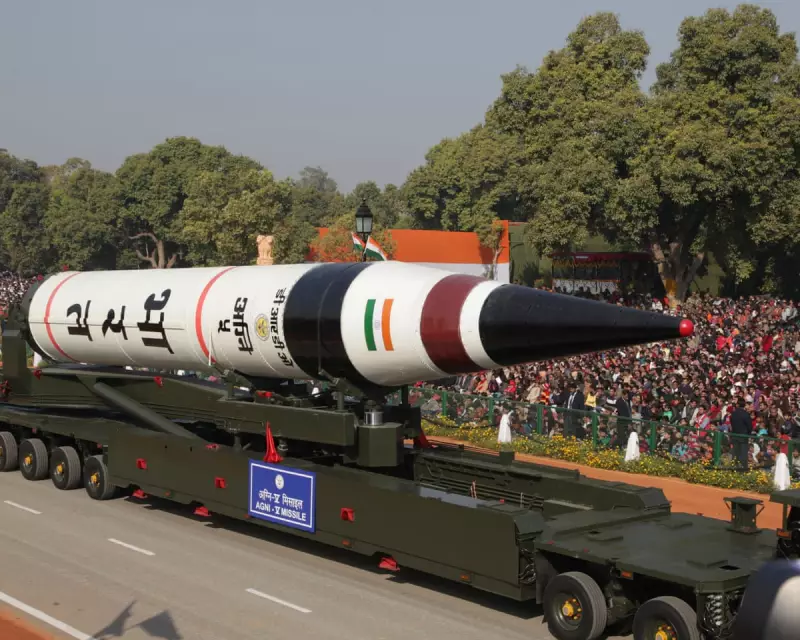
In a move that significantly escalates its strategic deterrent capabilities, the Republic of India has successfully test-fired its most powerful domestically developed missile, the Agni-V.
The long-range ballistic missile, capable of carrying nuclear warheads, took off from a launch site on Abdul Kalam Island off the eastern state of Odisha. Defence officials have confirmed the test met all its operational parameters perfectly.
A New Chapter in Strategic Reach
The Agni-V's reported range of over 5,000 kilometres (3,100 miles) marks a quantum leap for India's military prowess. This range fundamentally alters the security calculus in Asia, placing every major city in China, including Beijing and Shanghai, within potential striking distance from launch sites in central India.
This test is seen by analysts as a direct message, solidifying India's position as a dominant power and creating a more robust strategic balance against its northern neighbour.
Advanced Technology and MIRV Capability
Beyond its impressive range, the Agni-V incorporates sophisticated technology that makes it a formidable weapon system. It is a three-stage, solid-fuelled missile, making it easier to transport and launch quickly compared to liquid-fuelled systems.
Most significantly, defence experts believe this latest variant is equipped with Multiple Independently Targetable Re-entry Vehicle (MIRV) technology. This allows a single missile to carry multiple nuclear warheads, each capable of being directed towards a different target, overwhelming enemy missile defence systems.
Regional Reactions and the Path Ahead
While India maintains its test was routine and part of its stated policy of maintaining credible minimum deterrence, the launch is certain to draw attention from across the region. Neighbouring Pakistan and global powers will be closely monitoring the development and its implications for regional stability.
The successful test paves the way for the Agni-V to be formally inducted into the Strategic Forces Command, completing India's nuclear triad—the ability to launch nuclear weapons from land, air, and sea.





